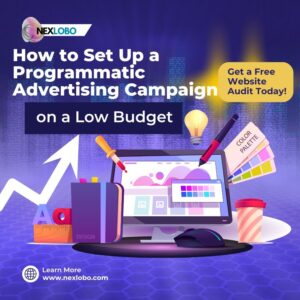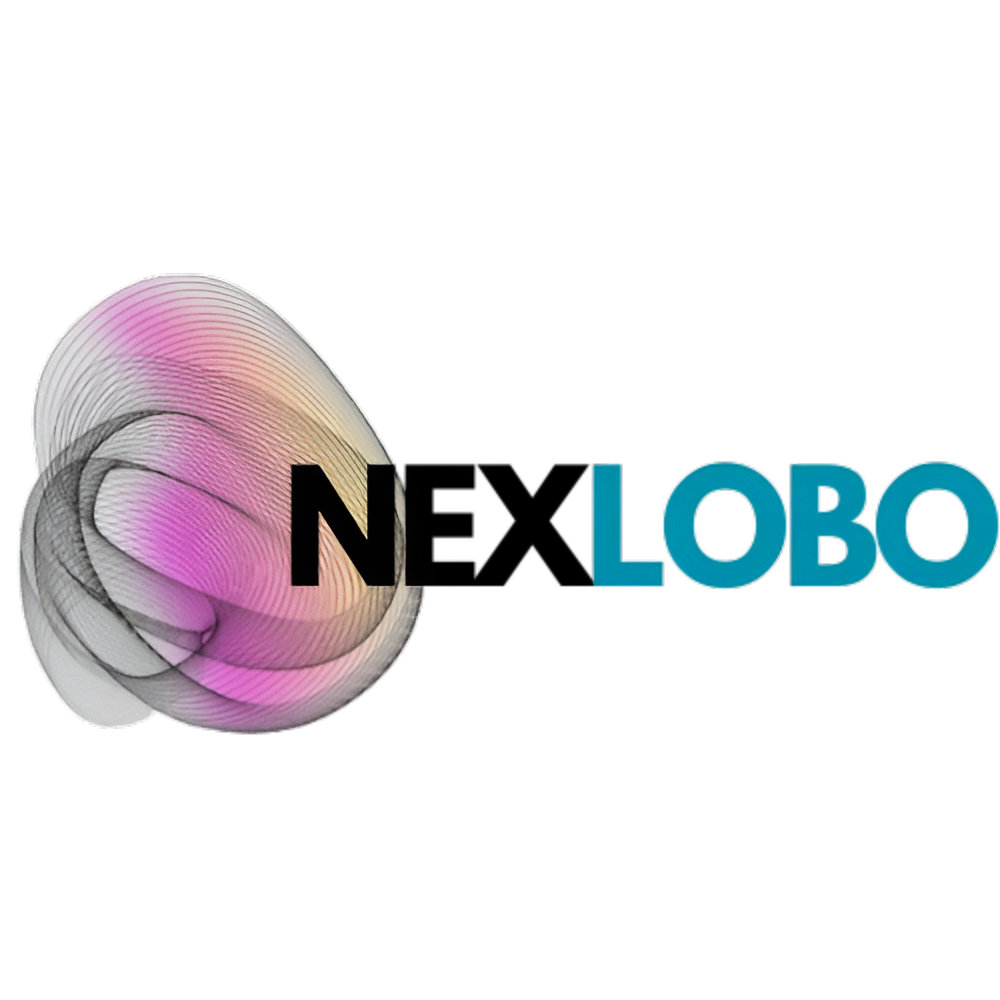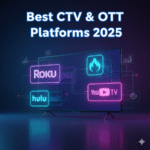Set Up a Programmatic Advertising Campaign on a Low Budget

Introduction: Running a Programmatic Advertising Campaign on a Tight Budget
When I first started running programmatic advertising campaigns for my website, I’ll admit—there were a lot of unknowns. The term “programmatic” alone can sound intimidating, and the idea of spending a large chunk of my budget on ads felt overwhelming. But after diving in and experimenting with low-budget strategies, I realized how accessible and powerful programmatic ads can be, even for small publishers like me. The programmatic advertising campaign I set up initially wasn’t big, but it yielded great results with very little financial risk. If you’re feeling unsure about running a programmatic advertising campaign on a tight budget, don’t worry! It’s absolutely possible to maximize your ROI by starting small and optimizing as you go. I found that the key is to understand where your money is going and how to fine-tune your strategy.
If you’re curious about how programmatic advertising can benefit small publishers, check out this insightful guide on programmatic advertising benefits. It helped me get a solid grasp on how I could get the most from my ad spend.
How to Choose the Right Platform for Your Programmatic Advertising Campaign
When I was first setting up my programmatic advertising campaign, choosing the right platform was the most crucial decision. There are plenty of options out there, but I found that starting with a self-serve platform made the most sense. It allowed me to experiment and take control of my budget without any large upfront costs.
I started with Google Display Network (GDN) because it’s one of the most budget-friendly and accessible platforms for beginners. It also offers tons of flexibility, which is essential for a small-budget programmatic advertising campaign. I recommend checking out DSPs like GDN or even Facebook Ads for your first campaign—they let you start small and adjust your budget as you go.
Pro Tip: Look for DSPs that allow you to set a daily budget cap and control spending so you don’t accidentally overspend.
How to Set a Realistic Budget for Your Programmatic Advertising Campaign
Setting a realistic budget is key when running a programmatic advertising campaign on a low budget. I initially started with just $200, and while it wasn’t a massive budget, I made sure every dollar counted. Setting clear goals—like driving traffic or increasing brand awareness—helped me allocate my budget efficiently.
One of the biggest mistakes I made in the beginning was thinking I needed to spend a lot to get good results. In reality, running a programmatic advertising campaign on a low budget is about testing and optimizing. As you gather data, you’ll know what works best, and you can reinvest that knowledge into scaling your campaign.
Real-World Example: For my first programmatic advertising campaign, I allocated $50 to test different targeting options. I was able to figure out the most effective audience, and after seeing great results, I reinvested the rest of my budget.
How to Target the Right Audience for Your Programmatic Advertising Campaign
I cannot emphasize enough how important it is to target the right audience when running a programmatic advertising campaign. One of the best things about programmatic advertising is how precisely you can target your audience using data. I made sure to narrow down my focus to a specific demographic—people who had shown an interest in my niche.
For example, I targeted individuals who had recently searched for topics related to digital marketing, which was a perfect match for my blog’s content. This increased the chances of conversions and made the campaign feel less like “throwing spaghetti at the wall” and more like a targeted effort.
Pro Tip: Use interest-based or behavioral targeting. Don’t cast a wide net when you’re working with a low budget—it’ll just waste your resources on irrelevant impressions.
How to Optimize Your Advertising Campaign for Cost-Effectiveness
After my programmatic advertising campaign was up and running, the real work began—optimizing for cost-effectiveness. With a low budget, I focused on monitoring the campaign closely and adjusting it based on performance.
I used the real-time analytics from my platform to see which ads and placements were performing best. I then reallocated my budget to these high-performing areas and paused the underperforming ones. Over time, this iterative approach helped me get the most out of my limited budget.
Real-World Example: One campaign I ran initially had a low click-through rate (CTR). By testing different ad creatives and tweaking my targeting, I improved my CTR by 15%, which made my budget stretch much further.
How to Leverage Low-Cost Ad Formats in Your Advertising Campaign
Another key strategy I discovered during my first programmatic advertising campaign was to leverage low-cost ad formats. I didn’t jump straight into expensive video ads or large display banners. Instead, I started with simple banner ads and native ads, which allowed me to keep costs down while still driving results.
Native ads, for example, blend seamlessly with content, making them less intrusive and more engaging for the audience. Since they often have higher engagement rates than traditional display ads, they’re a perfect option when running a low-budget programmatic advertising campaign.
Pro Tip: Start with display and native ads, then gradually test video ads when you have more budget to work with.
How to Track Performance and Improve Your Programmatic Advertising Campaign
Tracking performance is essential when running any programmatic advertising campaign, especially one on a tight budget. I always set up clear metrics and KPIs at the beginning of my campaigns, whether it was click-through rate (CTR), cost per acquisition (CPA), or return on ad spend (ROAS). This allowed me to track how my campaign was performing and make necessary adjustments.
I highly recommend using Google Analytics or the analytics tools provided by the platform you’re using to measure key performance metrics. By regularly reviewing these insights, you can fine-tune your ads and get even more value from your small budget.
Interactive Tool: Calculate Your Programmatic Ad Costs and ROI
To further help you manage your budget and optimize your programmatic advertising campaign, I’ve included an interactive tool below. You can use it to estimate your programmatic ad costs and potential ROI based on your budget, targeting options, and ad formats.
Programmatic Ad Cost & ROI Calculator
https://agencyanalytics.com/feature/automated-marketing-reports
Conclusion: Successfully Launching a Low-Budget Programmatic Advertising Campaign
In conclusion, running a programmatic advertising campaign on a low budget doesn’t have to be intimidating. The key is to start small, optimize your efforts, and track your results. By using the right platforms, targeting the right audience, and continuously optimizing your campaign, you can generate impressive results without overspending.
If you want to dive deeper into programmatic advertising and learn more about the benefits for small publishers, be sure to check out this helpful article on programmatic advertising benefits. Ready to launch your first programmatic advertising campaign? Start small, optimize along the way, and you’ll be amazed at the impact it can have!
Ready to boost your business with a programmatic advertising campaign? Contact us today for personalized advice or a free campaign audit!







Leave a Reply